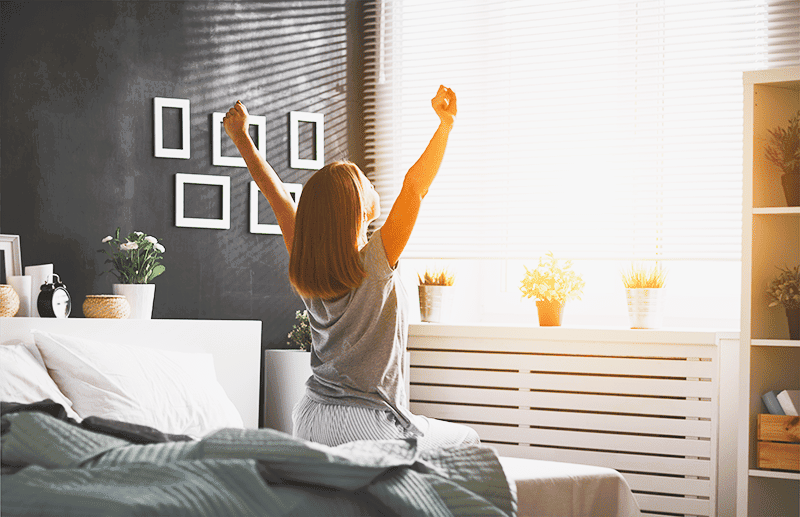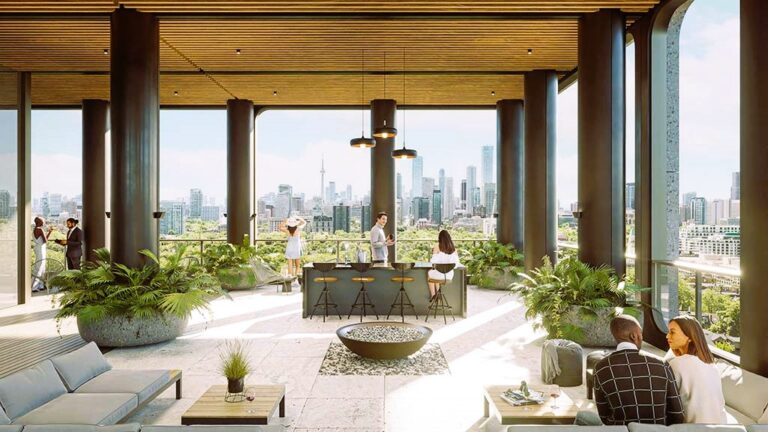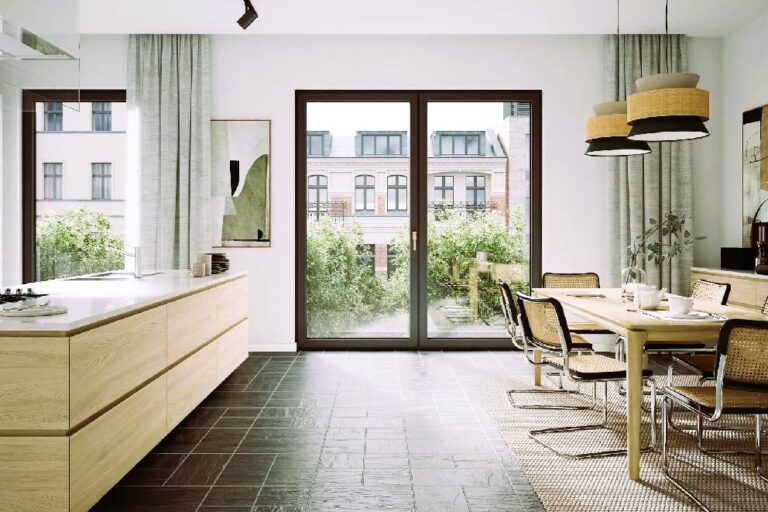Windows play a pivotal role in interior design, serving as portals to the outside world and providing access to natural light and views. The strategic placement and design of windows can significantly impact the ambiance and functionality of a space. This article explores the key benefits of incorporating windows in interior design, focusing on the importance of natural light and the connection with outdoor views.
Harnessing Natural Light
1.1 Health and Well-being
Natural light is essential for our overall health and well-being. Exposure to daylight has been linked to improved mood, increased vitamin D production, and regulation of the circadian rhythm. By incorporating windows into interior design, spaces can be flooded with natural light, promoting a healthier and more vibrant environment.
1.2 Visual Comfort
Ample natural light through well-positioned windows creates a visually comfortable space. It reduces eyestrain, enhances the perception of colors, and contributes to an overall sense of well-being. By utilizing windows to optimize natural light, interior designers can create inviting and visually appealing environments for occupants.

Enhancing Spatial Perception
Strategically placed windows can enhance the perception of space within an interior. Well-designed windows can create a sense of openness, expand the visual boundaries, and make a room feel larger and more inviting. By framing outdoor elements, such as trees or landscape features, windows can serve as natural focal points and add depth to the overall design.
Connecting with Outdoor Views
3.1 Biophilic Design
The connection with nature is a fundamental aspect of human well-being. Biophilic design principles recognize this innate human need and advocate for the incorporation of natural elements into the built environment. Windows serve as a vital link between indoor and outdoor spaces, allowing occupants to enjoy the beauty of nature, changing seasons, and stunning views.
3.2 Stress Reduction and Relaxation
Views of the outdoors have been shown to reduce stress and promote relaxation. Incorporating windows that frame scenic views can create a soothing and tranquil atmosphere within an interior. Whether it’s a breathtaking cityscape, a serene garden, or a picturesque natural setting, these views can provide a sense of escape and rejuvenation. Windows and well-being: psychological effects of natural light in interiors.
Energy Efficiency and Sustainability
4.1 Daylighting and Energy Savings
Properly designed windows can significantly contribute to energy efficiency in buildings. Daylighting, the practice of utilizing natural light to reduce the need for artificial lighting, can result in substantial energy savings. By incorporating windows that allow for abundant natural light, interior spaces can minimize reliance on electric lighting, reducing energy consumption and associated costs.

4.2 Passive Solar Heating and Cooling
Windows also play a role in passive solar design, where the sun’s energy is harnessed for heating and cooling purposes. Well-placed windows can allow for solar heat gain during the winter months while providing shading to minimize heat gain in the summer. This passive approach to temperature regulation enhances energy efficiency and reduces the need for mechanical heating and cooling systems.
Conclusion
Windows are essential elements in interior design, offering numerous benefits beyond their functional purpose. The incorporation of windows allows for the infusion of natural light, connection with outdoor views, and a sense of openness within a space. From promoting well-being and relaxation to improving energy efficiency, windows play a critical role in creating harmonious and sustainable interiors.
For more information on window design and energy-efficient practices, you can visit the following sources:
- Canada.ca – Energy Efficiency.




